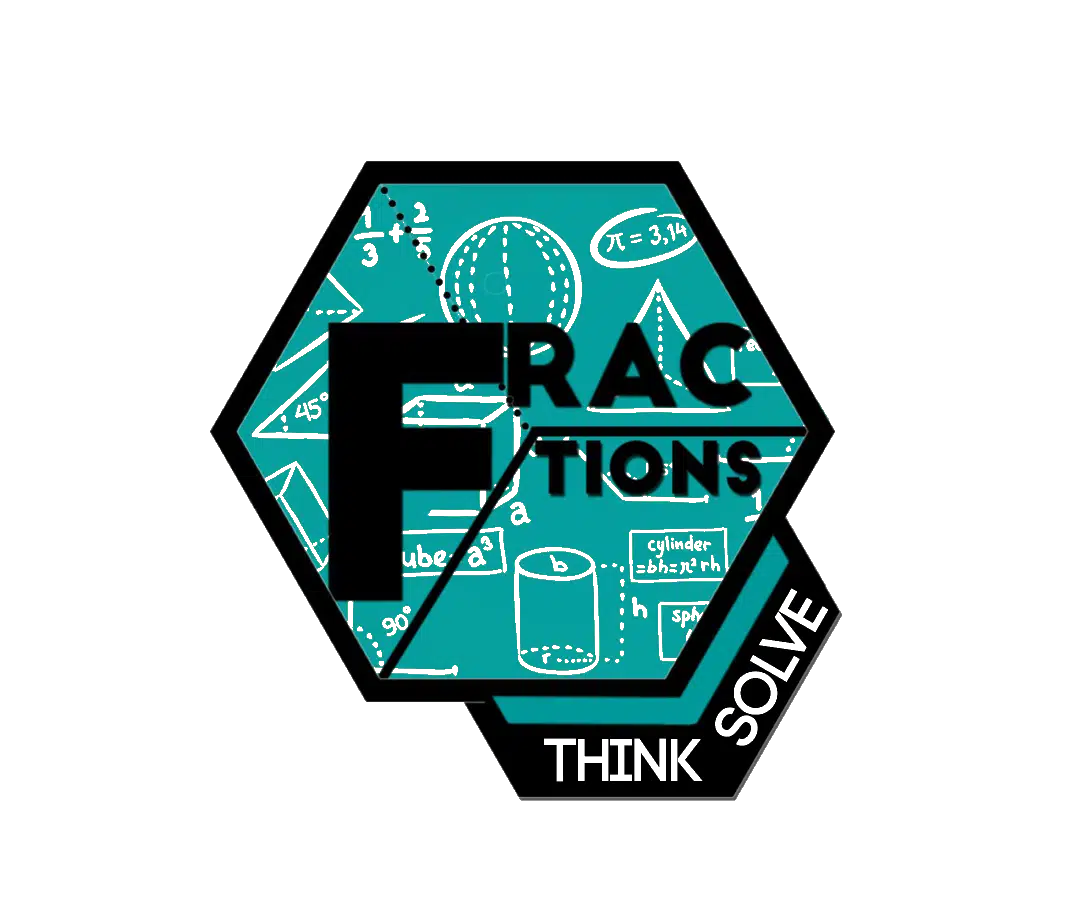Maths Olympiad for IOQM, RMO & INMO
We have two olympiad batches one is the advanced batch where we learn advanced topics which are taught in the IMO training camp and the other one is for the starters. We have our classroom facility where you will get all the lecture notes, class recordings, Assignments, Virtual Library, and much more. The online classes will be held online via Zoom and you will get a chance to meet the students who have actually cracked the exam and learn from them. The recordings of the classes will be posted after the class. For offline batches, you will have one offline class and one online class. We conduct one online class for the offline batch as we want you to get the exposure of the faculties who won’t be able to take the offline classes.


 Aatman Supkar, INMO 2020
Aatman Supkar, INMO 2020








![Rendered by QuickLaTeX.com \[\begin{cases} a+b+c=\frac{1}{a}+\frac{1}{b}+\frac{1}{c} \\a^2+b^2+c^2=\frac{1}{a^2}+\frac{1}{b^2}+\frac{1}{c^2}\end{cases}\]](https://fractionshub.com/wp-content/ql-cache/quicklatex.com-a76d38c8430c7198aa65dc17a98092bb_l3.png)